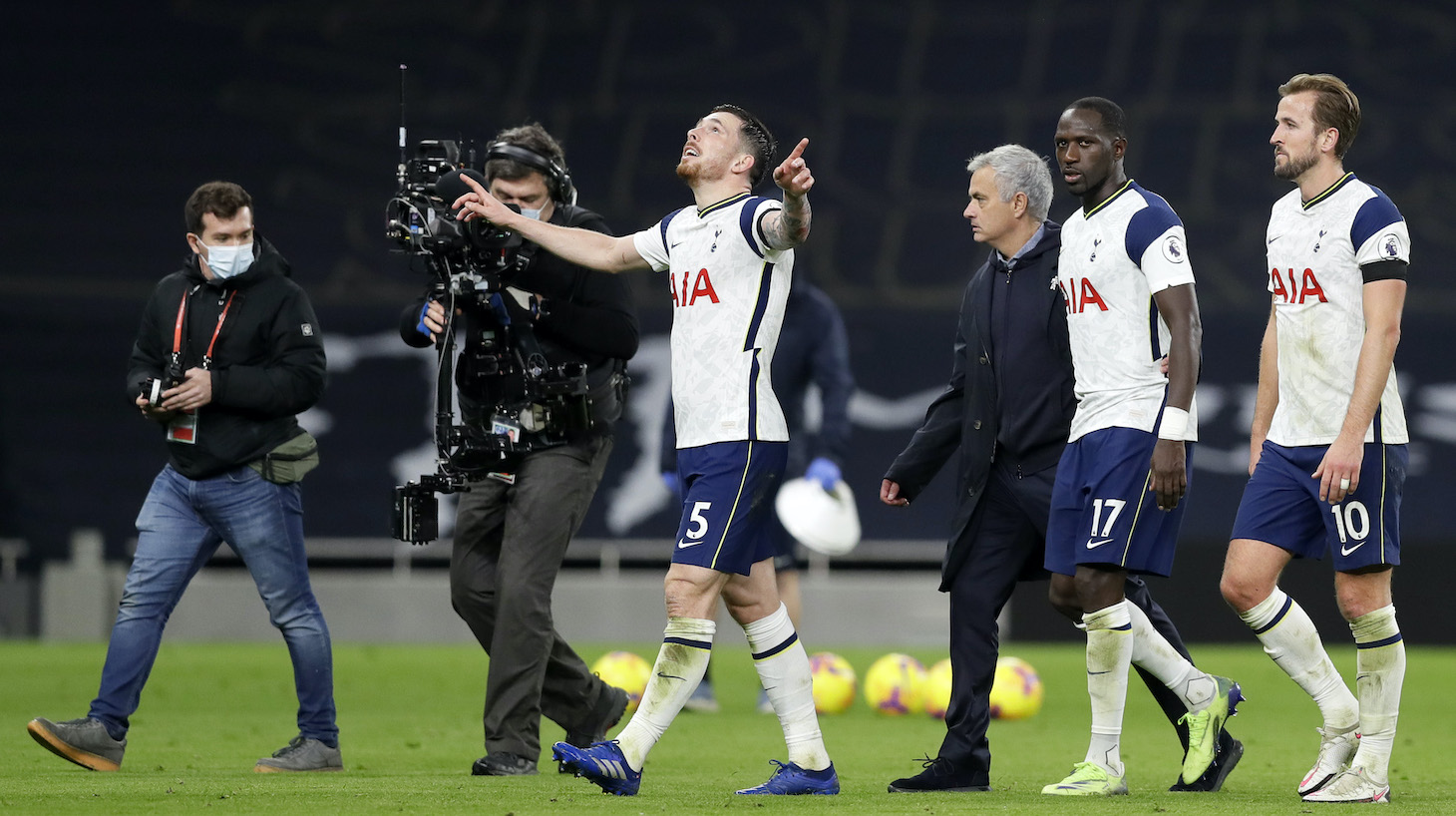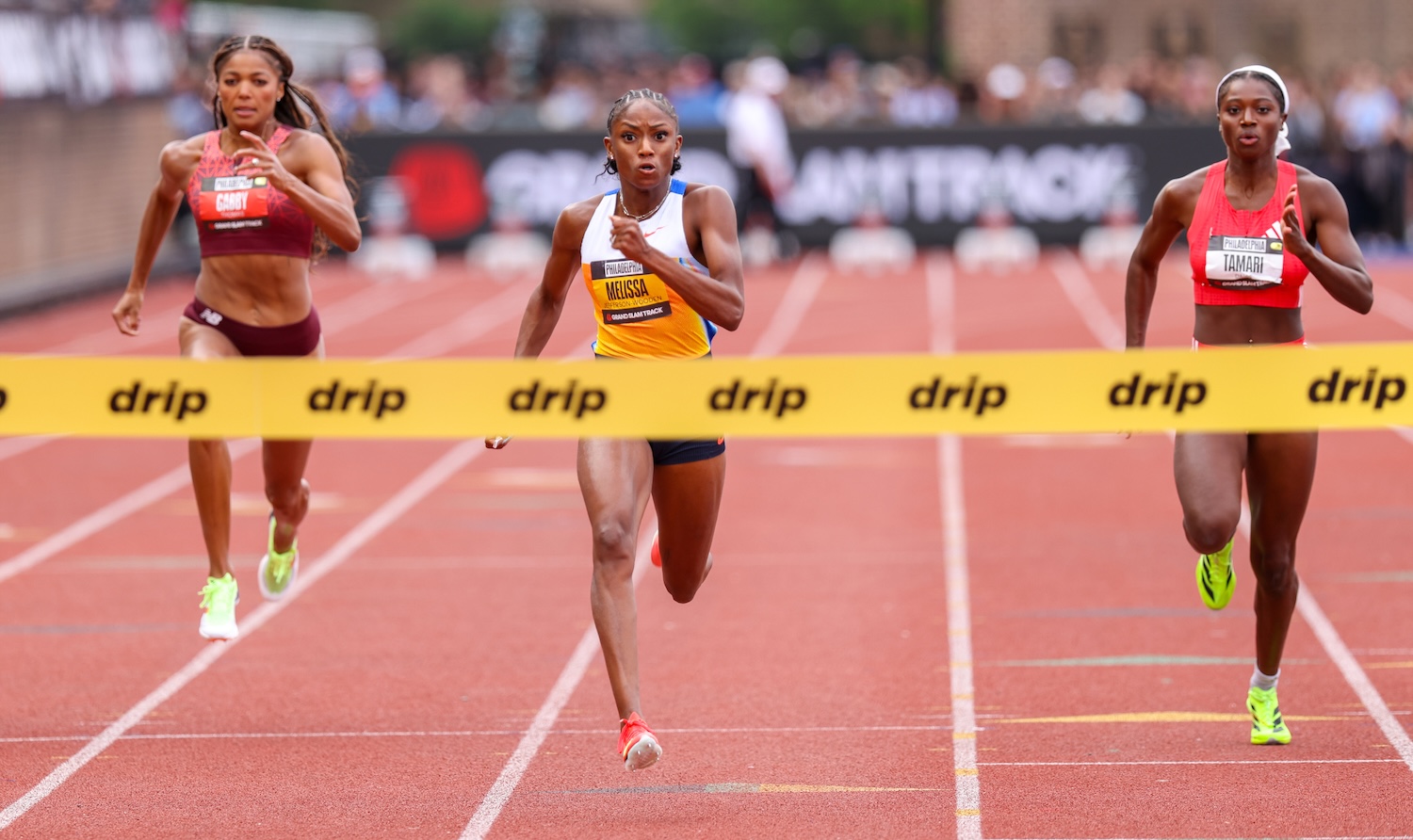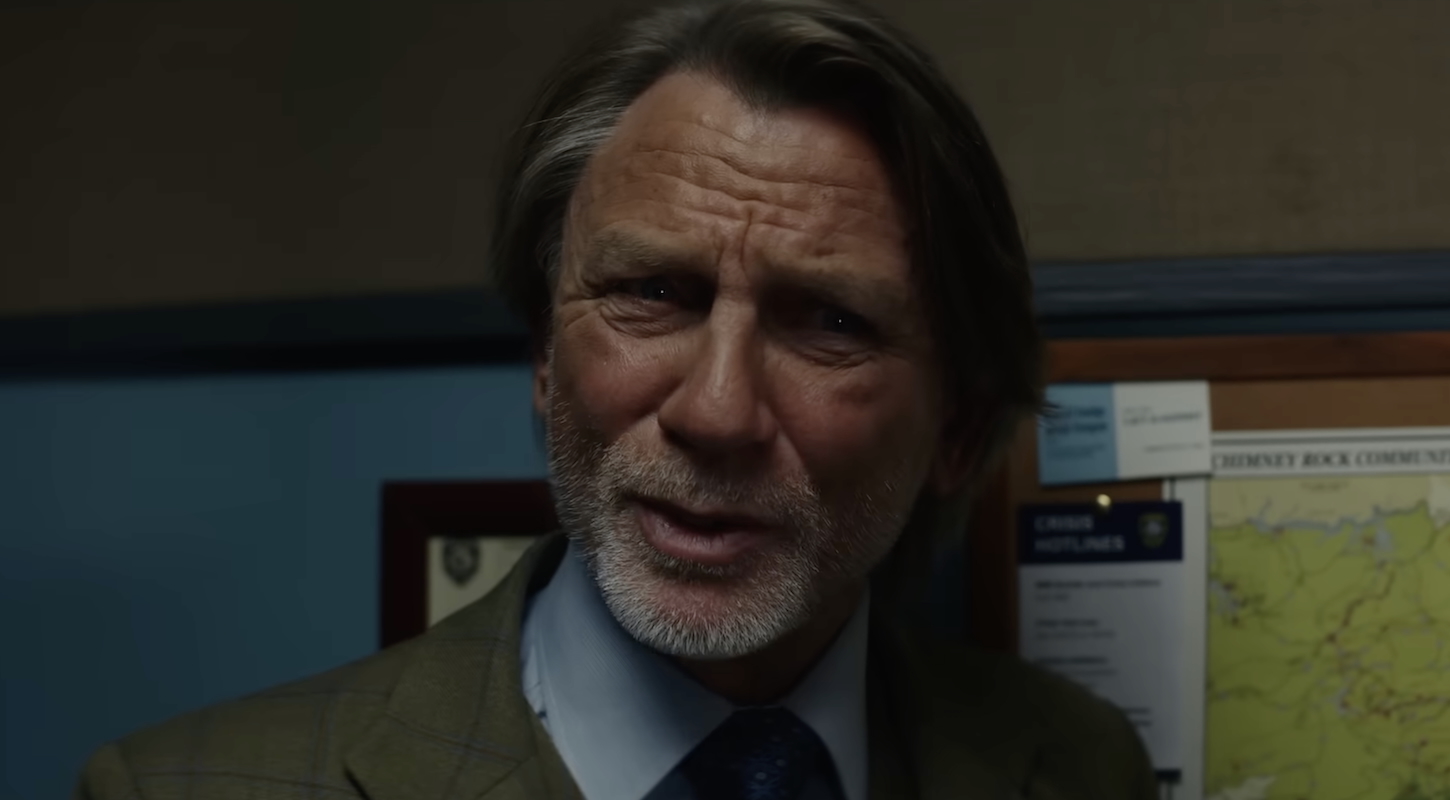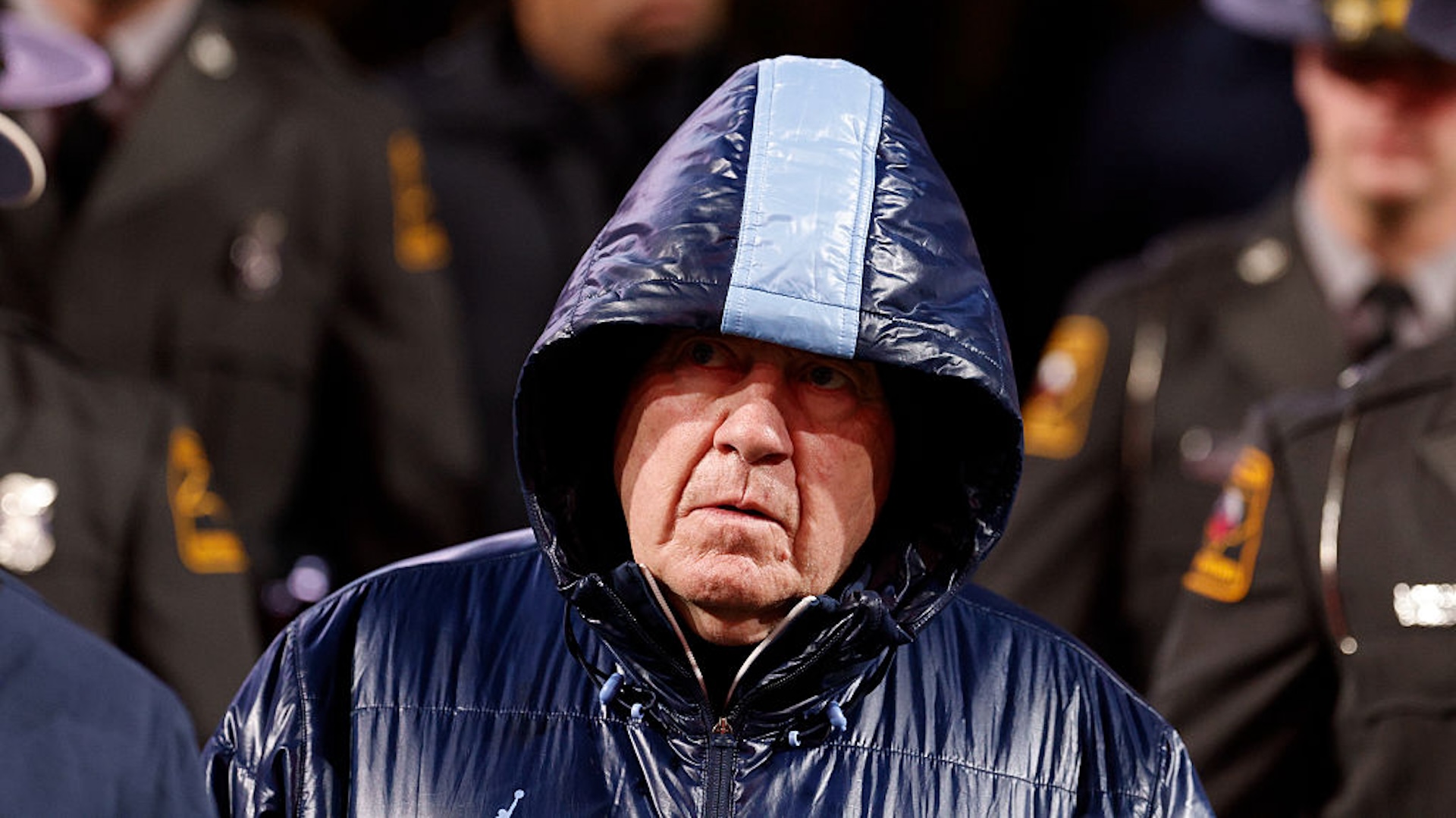Soccer is a game of goals. Scoring them is harder than keeping them out, so goalscorers and creators are the game's most talented and most important players. However, when a club has acquired a great goalscorer/creator or two, sometimes the addition of a player at one of the less valuable positions can be the thing that pushes the team into the true elite. This is the case at Tottenham, where the offseason addition of defensive midfielder Pierre-Emile Hojbjerg has turned Spurs from a challenger for the Arsène Wenger Memorial Top Four Trophy into actual, legitimate contention for real-deal titles.
Top-of-the-table Tottenham earned its most impressive win of the season on Saturday by beating Manchester City, 2–0. Harry Kane and Son Heung-min combined for the game-breaking early goal five minutes in, with Kane notching another assist (his ninth (!!!!) of the season) from which Son scored another goal (his ninth (!!!!) of the season), and Giovani Lo Celso effectively killed the match off with Spurs' second in the 65th minute. But while the result and Tottenham's high-flying season can be attributed primarily to the exploits of attackers Kane and Son, Hojbjerg's influence has been absolutely crucial to it all.
Though Tottenham scored twice and regularly threatened on the counter, in typical big-game Mourinho fashion, the team spent the bulk of its time defending. As is usually the case, Hojbjerg was the team's key defensive man. Hojbjerg and fellow midfielder Moussa Sissoko were tasked with protecting the channels between the center backs and full backs, which are two of the "indefensible zones" Pep Guardiola's Man City live to exploit. One of the most terrifying sights in all of soccer is Kevin De Bruyne charging through that channel, sizing up the overmatched defense, and deciding whether one of his famously lethal shots or cut-backs is the most effective punishment. That was what Hojbjerg was staring down all match long, and his stymieing of the world's most dangerous midfielder is a major reason why City's vaunted attack was so impotent in spite of its 22 attempted shots.
Of course, for teams that aspire to more than drab 0–0 draws, defending well only means anything if it sets the team up to attack well, too. There, facilitating the transition between defending to attacking, is where Hojbjerg's contributions for his new club are being felt the most. That's because the 25-year-old Dane is Spurs' dominant organizing force both with and without the ball. Without the ball, Hojbjerg is Tottenham's second-most active tackler and interceptor, and its most successful. His 2.77 combined successful tackles and interceptions per 90 minutes lead the team. (All stats via Football Reference.) With the ball, Hojbjerg leads the team in total passes per 90 and in passing accuracy. He's not the kind of player to rack up assists with pretty, knifing passes into the penalty area, but his proficiency at breaking up opposing attacks and quickly sparking counters with either quick, neat passes to bypass pressure or hard and accurate long balls out to the forwards is what makes him such a good player in his own right and exactly the guy Tottenham needed.
(Hojbjerg's playing style isn't the kind that inspires flowery, metaphor-laden odes, but you can find beauty in his brand of playing if you look for it. He has several different techniques for hammering out long balls, and all of them—especially the low, straight ones—look cool as hell flying through the air. And you've got to appreciate his way of knocking dudes off the ball. He tackles as much with his body as with his feet, just going up to a guy and slamming hips with him, then picking up the ball after its previous possessor goes toppling to the ground.)
What's more, the workrate and defensive self-sufficiency of Hojbjerg and Sissoko allow for what very well might be the most important tactical tweak Mourinho has added to his arsenal at Tottenham. Where Mourinho typically hamstrung his wide attackers in recent years by forcing them into deep, disciplined defensive roles, at times looking almost more like wing backs than modern wide strikers, Hojbjerg and Sissoko are capable of compensating in clogging the channels while also maintaining a presence in midfield. That frees up the full backs to play a little higher and the forwards to play more centrally, which gives the team much easier and more direct routes to goal.
José Mourinho asks a lot of his deep midfielders. They need to physically robust, strong in the air, strong in the tackle, and quick in getting the ball out to the attackers. It is a complicated, often thankless, and critical role in his systems. Hojbjerg is brilliant at it all, and a clear upgrade over Harry Winks, who tried to fill that role last season. It was a great spot by Mourinho and the Spurs transfer team to see in Hojbjerg—a good but not exceptional player for Southampton for the past four seasons—the makings of an elite Mourinho midfielder. Playing deeper than he did as a Saint, with more responsibility in constructing possessions and less in driving forward and creating chances himself, Hojbjerg has been a revelation and, along with James Rodríguez and Diogo Jota, is one of the signings of the season.
If Spurs are to win the title this season, it will mostly depend on Kane and Son keeping up their preposterously hot starts in front of goal. But while those two will be most important to any future success, it would not have been possible without the club buying Hojbjerg and him playing out of his mind.







